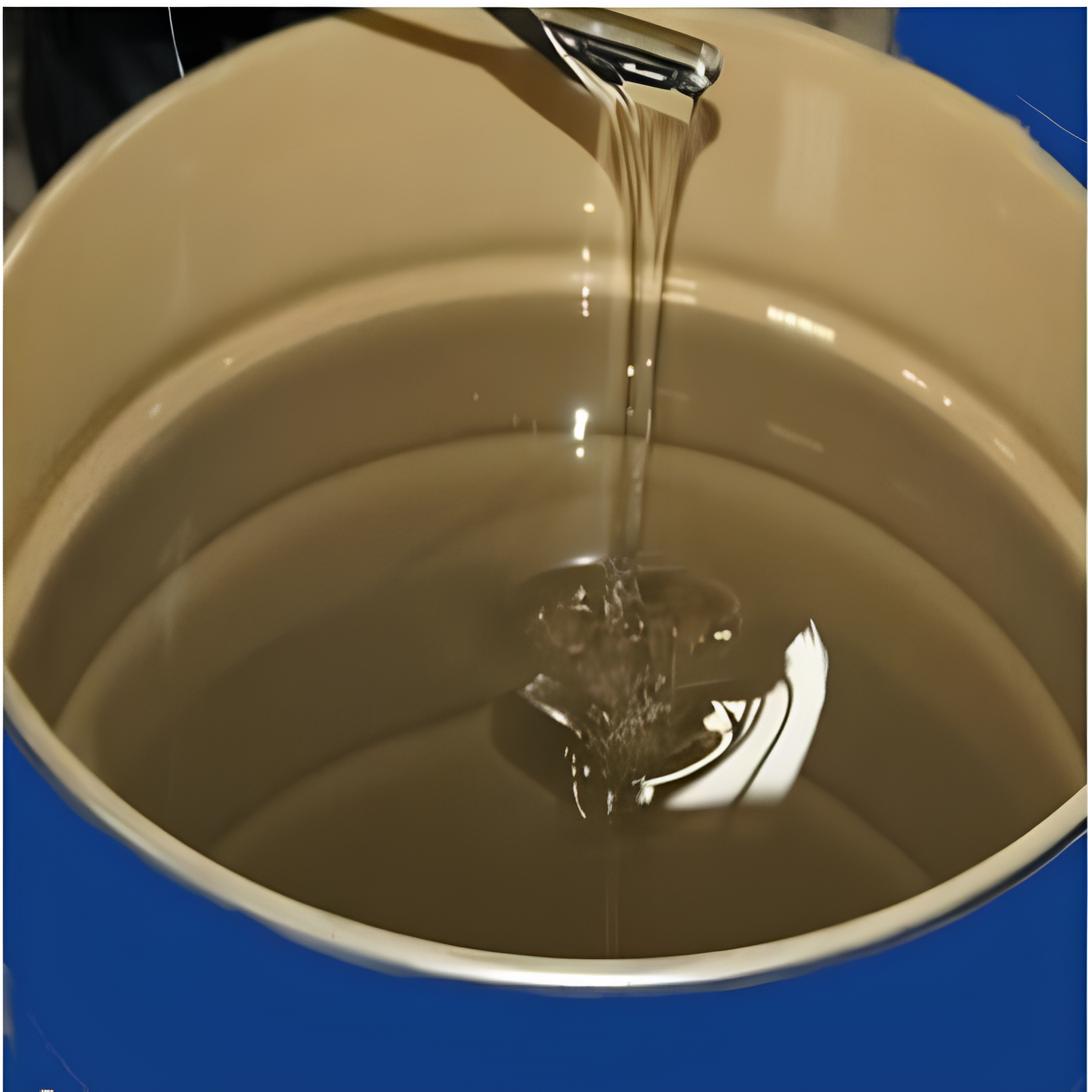
With the growing global demand for environmentally friendly and sustainable buildings, new silicone materials have become innovation drivers in the construction industry. With their outstanding performance, they not only improve the durability of buildings, but also effectively reduce the negative impact of buildings on the environment, driving the construction industry towards a green and environmentally friendly future.
First of all, silicone materials are widely used in energy conservation and environmental protection. As a low-energy, low-pollution material, silicone can significantly improve the thermal efficiency and sealing of buildings. For example, the use of silicone coatings and sealants can effectively reduce the penetration of air and moisture, improve the thermal insulation and heat preservation of buildings, thereby reducing the energy consumption of air conditioning and heating systems, and helping buildings achieve energy conservation and emission reduction.
Silicone materials are also widely used in building exterior walls and roofing materials. Its excellent weather resistance, UV resistance and oxidation resistance enable the building surface to remain clean and beautiful for a long time. Compared with traditional materials, silicone has stronger anti-pollution ability, can effectively resist weathering, rain erosion and the attachment of harmful substances, extend the service life of buildings, and reduce maintenance and repair costs.
In addition, the flexibility and earthquake resistance of silicone make it an ideal sealing material, which can adapt to the natural expansion and contraction of building structures and avoid cracks caused by temperature changes or earthquakes. Especially in earthquake-prone areas, the use of silicone materials for structural sealing can effectively improve the safety and stability of buildings.
The high and low temperature resistance of silicone enables it to maintain stable performance under extreme climate conditions. It is widely used in construction projects in extremely cold or high temperature areas to ensure that buildings can still operate efficiently in harsh environments.
By adopting new silicone materials, the construction industry can not only improve the durability and service life of buildings, but also reduce environmental pollution and achieve green building goals. New silicone materials are helping the construction industry move towards a more sustainable and environmentally friendly future.
To learn more, click here
https://www.siliconematerial.net/
